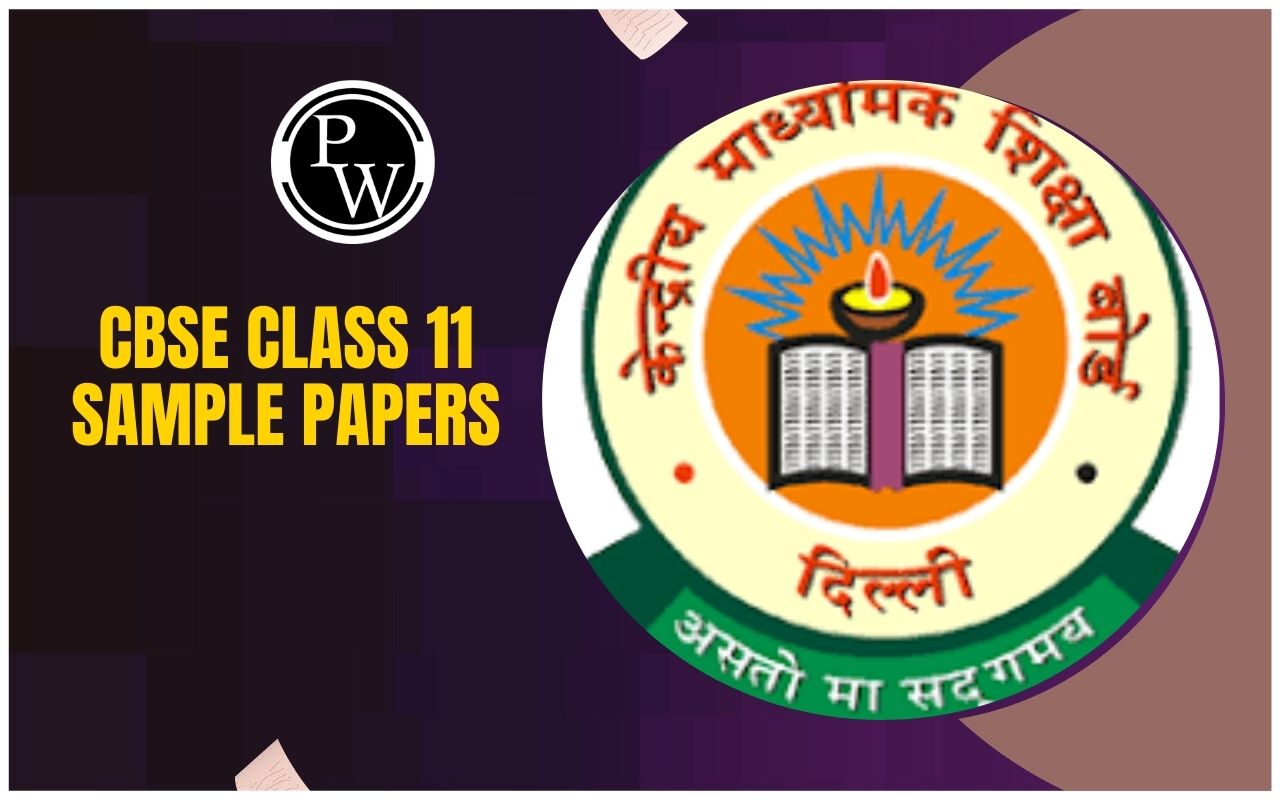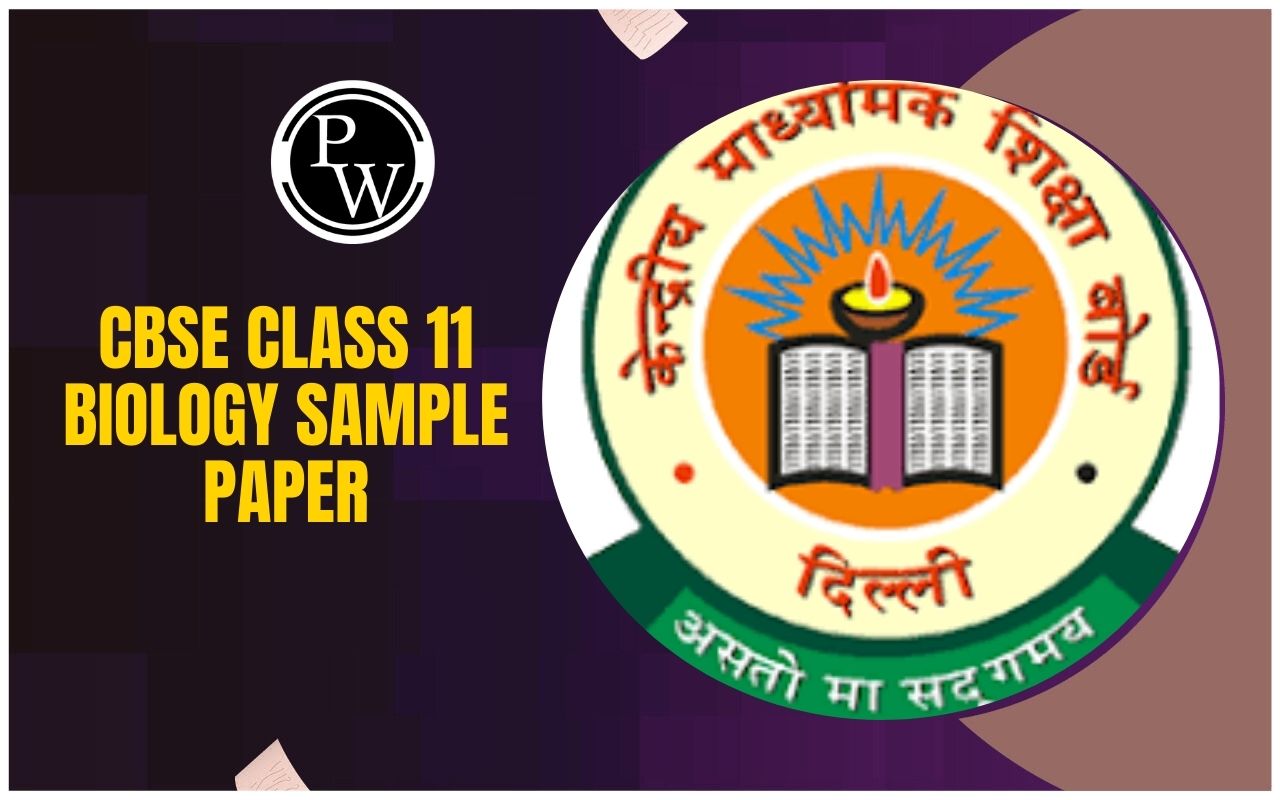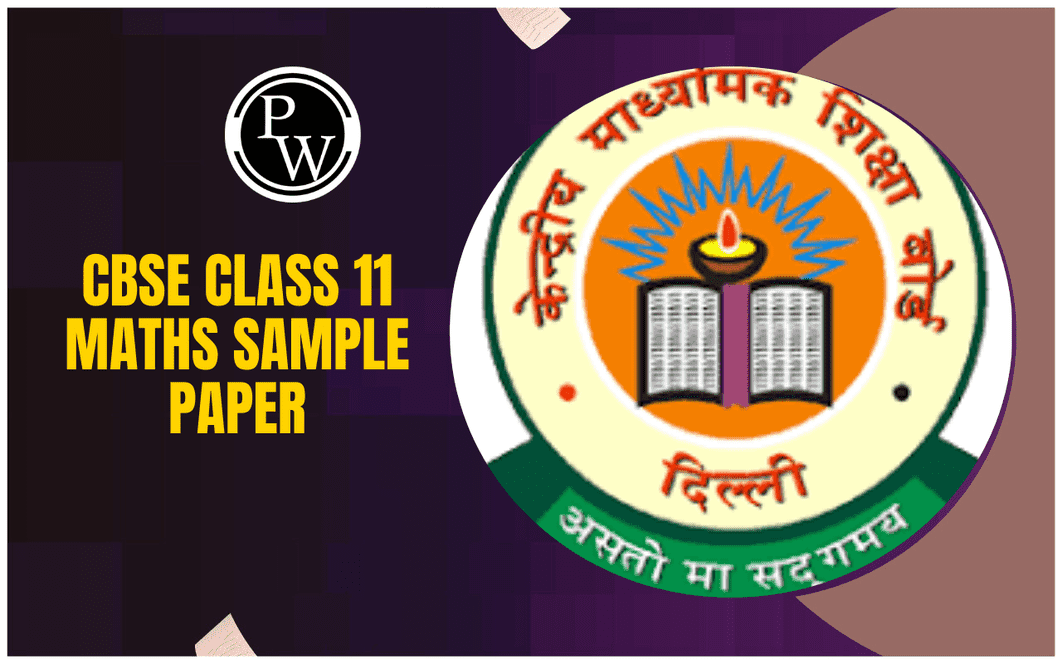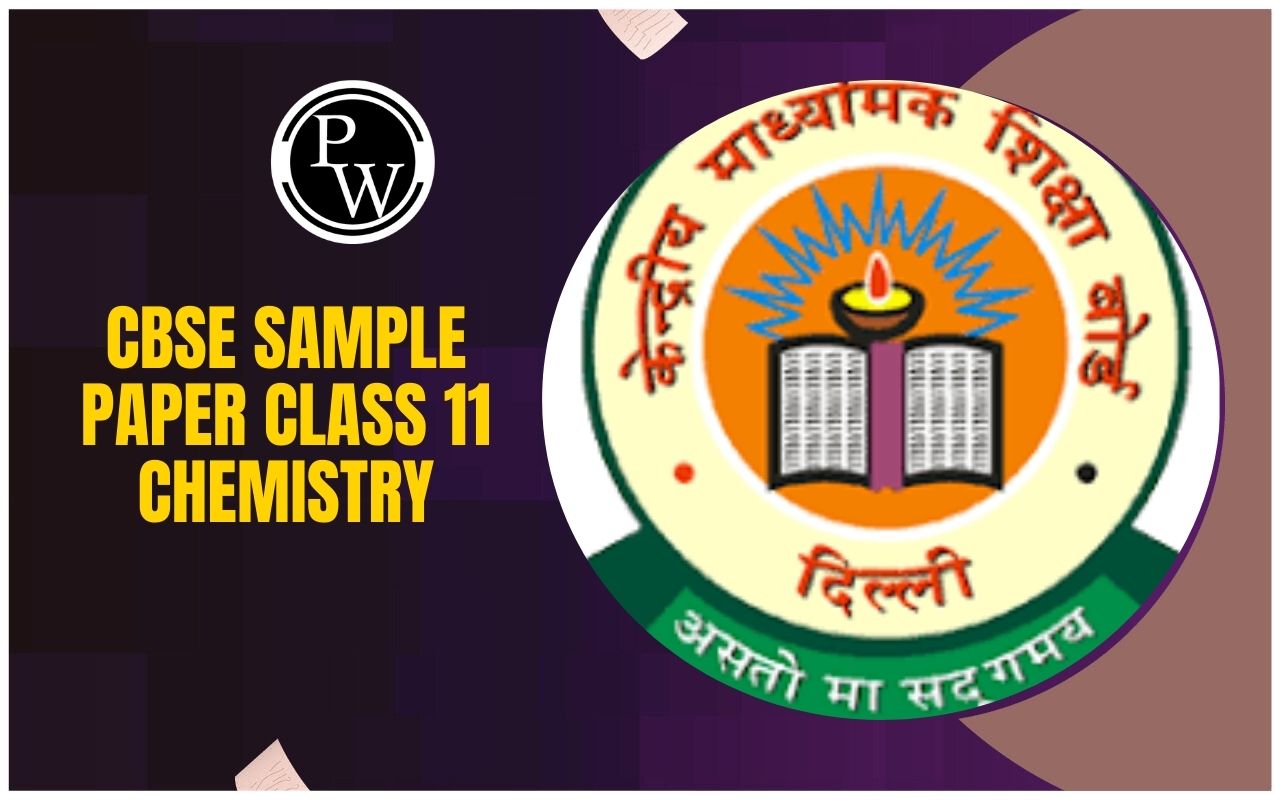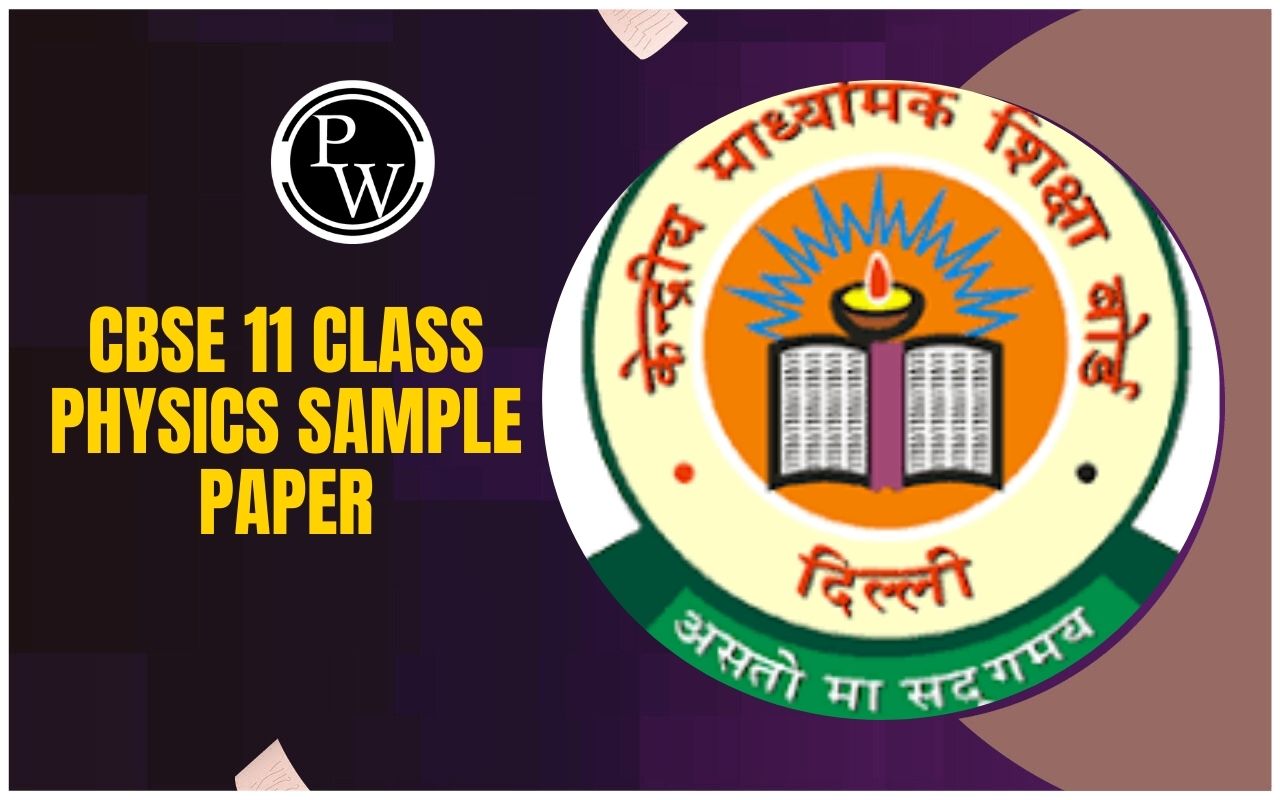
NCERT Solutions for Class 11 English Hornbill Chapter 3: This chapter, written by A.R. Williams, explores the mystery surrounding the death of the Egyptian Pharaoh Tutankhamun.
It delves into modern forensic examinations, including CT scans, to uncover details about his life and demise.
The chapter also discusses the grandeur of his tomb, ancient Egyptian burial customs, and the historical significance of Tut's lineage. It highlights the contrast between past superstitions and present-day scientific investigations.
NCERT Solutions for Class 11 English Hornbill chapter 3 poem
The NCERT solutions provide a detailed explanation of key themes, character analysis, and comprehension questions to help students grasp the chapter effectively.
NCERT Solutions for Class 11 English Hornbill Chapter 3 Overview
This chapter by A.R. Williams explores the mystery of Pharaoh Tutankhamun’s death through scientific advancements like CT scans. It highlights the grandeur of his tomb, ancient Egyptian burial customs, and the contrast between superstition and modern science.
The NCERT solutions are essential as they provide detailed explanations, summaries, and question answers that help students understand historical and scientific aspects.
They enhance comprehension skills, critical thinking, and exam preparation. By analyzing Tut’s life and discoveries, students gain insights into archaeology, history, and evolving research methods, making learning more engaging and informative.
NCERT Solutions for Class 11 English Hornbill Chapter 3 PDF
This chapter explores the mystery surrounding Pharaoh Tutankhamun’s life and death using modern scientific techniques like CT scans. It contrasts ancient Egyptian beliefs with contemporary research.
The NCERT solutions provide detailed explanations, summaries, and answers to help students understand key concepts. These solutions enhance comprehension and exam preparation. Below, we have provided a PDF containing complete NCERT solutions for easy reference.
NCERT Solutions for Class 11 English Hornbill Chapter 3 PDF
NCERT Solutions for Class 11 English Hornbill Chapter 3 Discovering Tut: The Saga Continues
Below is the NCERT Solutions for Class 11 English Hornbill Chapter 3 Discovering Tut: The Saga Continues -
1. Give reasons for the following.
(i) King Tut’s body has been subjected to repeated scrutiny
Answer:
Since Tut's body was the most well-known mummy in the world, it had undergone multiple examinations. Visitors visiting the tomb thought that the young ruler's premature death was mysterious, except from the coffin's gold-plated face.
They also questioned the veracity of the pharaoh's curse, which was imposed on those who disturbed his place of rest.
(ii) Howard Carter’s investigation was resented.
Answer:
Because King Tut's body was severely injured during an attempt to remove it from the golden coffin, Howard Carter's 1920s inquiry was questioned.
He had not looked into the cause of death and had extracted the gold using unethical procedures.
(iii) Carter had to chisel away the solidified resins to raise the king’s remains.
Answer:
Tut's remains were bonded to the bottom of the coffin and did not appear to be disintegrating, so Howard had to chisel away the solidified resin to raise them.
The body could not be forced from the casket; the strong resin could not even be melted by the intense sun.
(iv) Tut’s body was buried along with gilded treasures.
Answer:
Because royals and wealthy people of the time hoped and believed that they may take their money with them when they died and use it in the afterlife, Tut's body was interred with gold and other jewels.
(v) The boy king changed his name from Tutankhaten to Tutankhamun
Answer:
Tutankhamun, the boy-king, changed his name from Tutankhaten to Tutankhamun in order to restore everything that his father had destroyed.
2. (i) List the deeds that led Ray Johnson to describe Akhenaten as “wacky”.
Answer:
Because he changed his name from Amenhotep to Akhenaten, moved the religious capital from Thebes to Akhetaten, destroyed Amun temples and idols, and encouraged the worship of Aten (the solar disc) over Amun, the primary God, Ray Johnsen called Akhenaten "wacky."
(ii) What were the results of the CT scan?
Answer:
The CT scan revealed King Tut’s neck vertebrae, a hand, several views of the rib cage, and a skull transection. Everything indicated that nothing serious had gone wrong.
(iii) List the advances in technology that have improved forensic analysis.
Answer:
The future of archaeology in forensic investigation has been influenced by the advent of medical technology that emphasises the characteristics of life rather than the riches buried with the remains.
Diagnostic imaging was made possible by the invention of the CT scanner and the x-ray. It turns ancient remains into a three-dimensional virtual body, exposing bodily components that have been maintained for millennia.
(iv) Explain the statement, “King Tut is one of the first mummies to be scanned — in death, as in life…”
Answer:
This claim claims that King Tut was the first pharaoh to have his mummified remains scanned 3,300 years after his passing. He was a well-known person when he was alive.
Despite being a young kid, he was wise and pragmatic, making audacious choices and reviving forgotten traditions and rituals that his father had destroyed. He governed for nine years until passing away suddenly, with no apparent cause.
Thinking about language
1. Read the following piece of information from The Encyclopedia of Language by David Crystal.
Egyptian is now extinct: its history dates from before the third millennium B.C., preserved in many hieroglyphic inscriptions and papyrus manuscripts.
Around the second century A.D., it developed into a language known as Coptic. Coptic may still have been used as late as the early nineteenth century and is still used as a religious language by Monophysite Christians in Egypt.
2. What do you think are the reasons for the extinction of languages?
Answer:
Many factors are contributing to the extinction of languages. The primary language is often replaced by a dominant language that is not spoken by the inhabitants.
Additional causes include the loss and destruction of historical documents, the annihilation of entire races, and inadequate cultural heritage protection.
3. Do you think it is important to preserve languages?
Yes, it is essential to preserve the language. Languages are a vital resource for comprehending and conserving cultural customs. It also makes it possible to get back in touch with one's ancestors. A language can be learned and preserved through literature.
4. In what ways do you think we could help prevent the extinction of languages and dialects?
Answer:
Promoting and utilising languages that are gradually being neglected and obsolete would help us conserve languages and dialects.
In order to achieve this, we need to maintain a connection to our heritage by talking to the elderly, reading literature in their mother tongue, and encouraging youngsters to speak in their mother tongue more frequently.
Working with words
1. Given below are some interesting combinations of words. Explain why they have been used together.
(i) ghostly dust devils (vi) dark-bellied clouds
(ii) desert sky (vii) casket grey
(iii) stunning artefacts (viii) eternal brilliance
(iv) funerary treasures (ix) ritual resins
(v) scientific detachment (x) virtual body
Answer:
(i) This term refers to the violent movement of dusty winds in a desert. The winds are called devils because they punish and annoy the workers for disturbing King Tut’s tomb.
(ii) Suggests the dryness and aridity of a desert.
(iii) The tomb contained artefacts and treasures of high market value, beauty, and brilliance.
(iv) The treasures buried with King Tut’s mummy were all made of gold and were extremely valuable.
(v) Refers to a scientist’s disinterested pursuit of truth.
(vi) Clouds that are dark in colour and indicate the possibility of storms and heavy rain.
(vii) The stars are shrouded in dark grey clouds, as if they were jewels kept in a casket.
(viii) Refers to something that will last indefinitely and is unaffected by time. It is used here to describe the gleam and lustre of Tut’s golden treasure and artefacts.
(ix) Customarily, the resins are used to prepare a body for mummification and in burial rituals.
(x) A machine-created image or artificial body that represents the real body. It can be used to gather information and facts about a real body.
2. Here are some commonly used medical terms. Find out their meanings.
| CT scan | MRI | tomography |
| autopsy | dialysis | ECG |
| post mortem | angiography | biopsy |
Answer:
CT scan – Short for Computerised Tomography, it is a specialised x-ray test that uses a series of X-ray images and a computer to create cross-sectional images of the body.
MRI – Magnetic Resonance Imaging (MRI) is a diagnostic technique that employs magnetic fields and radio waves to generate a detailed image of the body’s soft tissue and bones.
Tomography – It refers to sectional imaging or sectioning using any type of penetrating wave. It is used in radiology, archaeology, and other scientific fields.
Autopsy – It is a surgical procedure that entails dissecting a corpse to determine the cause and manner of death or to evaluate an injury for research purposes.
Dialysis – It is the process of removing excess water and toxins from the blood in people whose kidneys have lost the ability to do so naturally.
ECG – The electrocardiogram, also known as an ECG, is a diagnostic tool used to evaluate the electrical and muscular functions of the heart.
Post Mortem – A corpse is examined or analysed soon after death to determine the cause of death.
Angiography – It is a type of imaging tool used to see inside blood vessels and organs of the body, specifically arteries, veins, and heart chambers.
Biopsy – It is a medical procedure in which surgeons, radiologists, or cardiologists extract cells or tissues for examination in order to determine the presence and extent of a disease.
Benefits of Using NCERT Solutions for Class 11 English Hornbill Chapter 3
Clear Understanding – Provides detailed explanations, summaries, and analysis of the chapter for better comprehension.
Exam Preparation – Helps students answer questions effectively, improving their performance in exams.
Concept Clarity – Simplifies complex ideas related to history, archaeology, and scientific advancements.
Improves Writing Skills – Enhances answer-writing techniques with structured responses.
Time-Saving – Offers well-organized answers, reducing revision time.
Aligned with CBSE Curriculum – Ensures students learn according to board guidelines.
Boosts Critical Thinking – Encourages deeper analysis and appreciation of historical discoveries.
NCERT Solutions for Class 11 English Hornbill Chapter 3 FAQs
What does the chapter Discovering Tut: The Saga Continues focus on?
Why is King Tut's tomb considered significant?
Who was King Tut?

